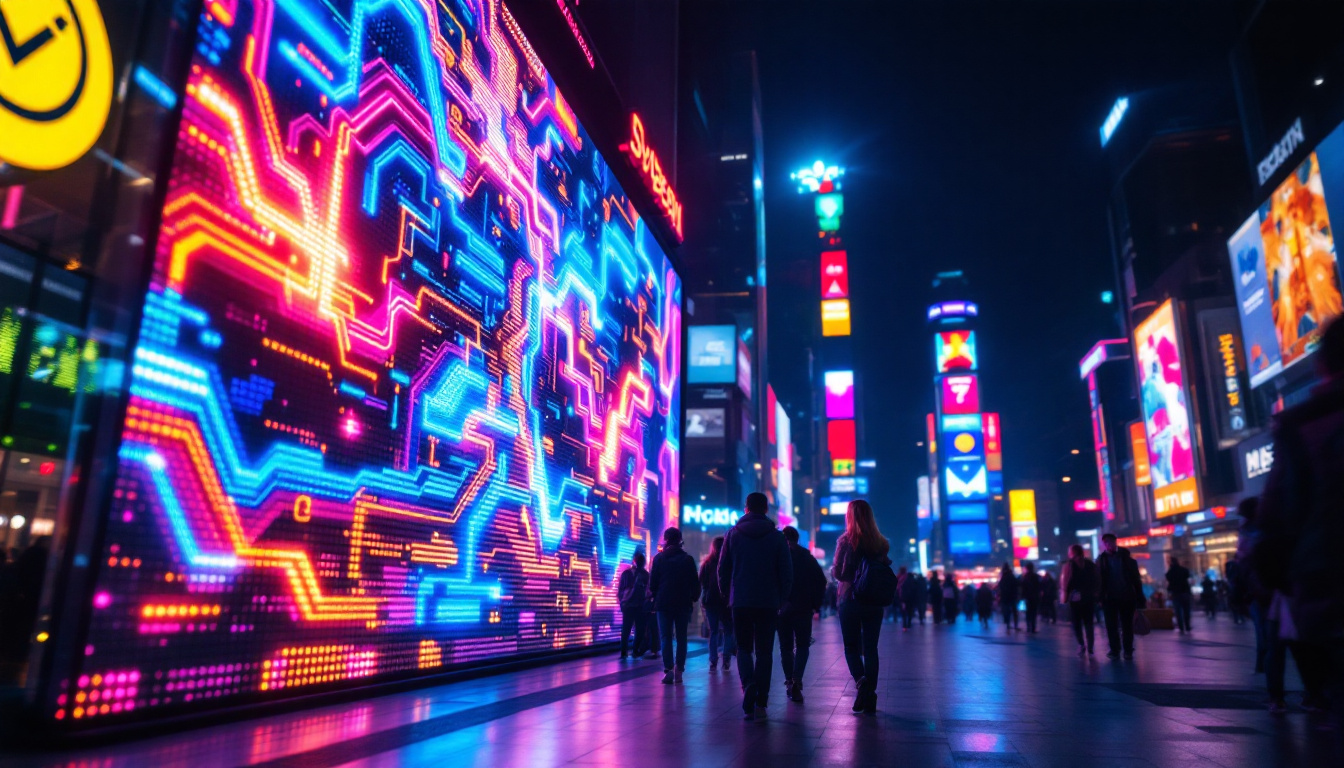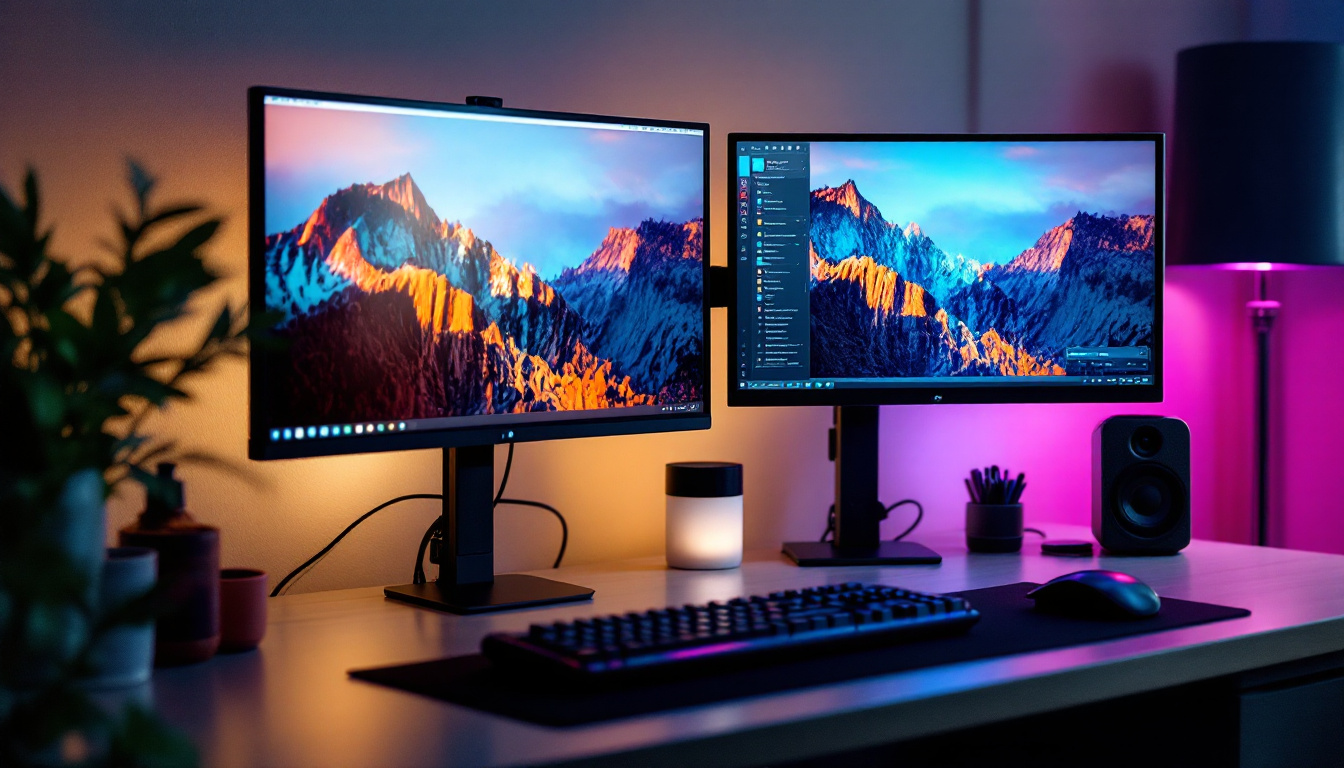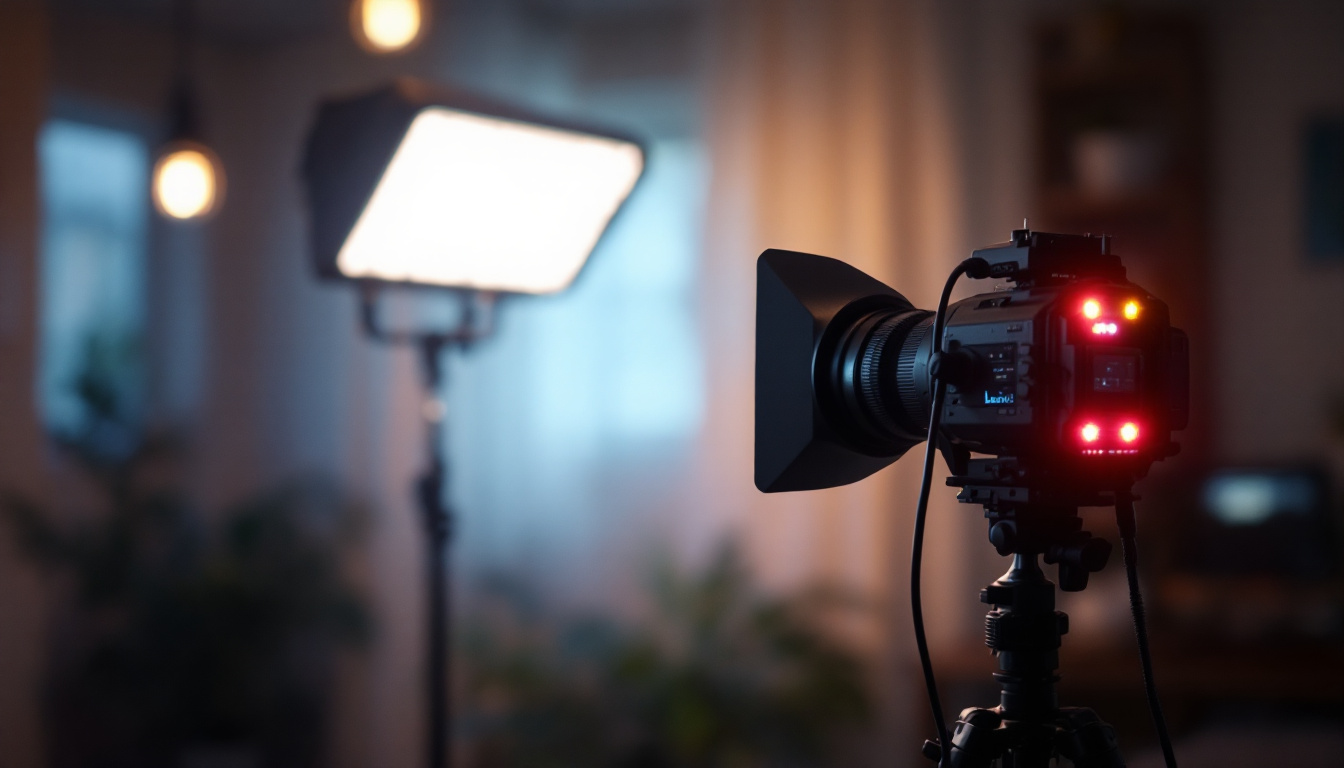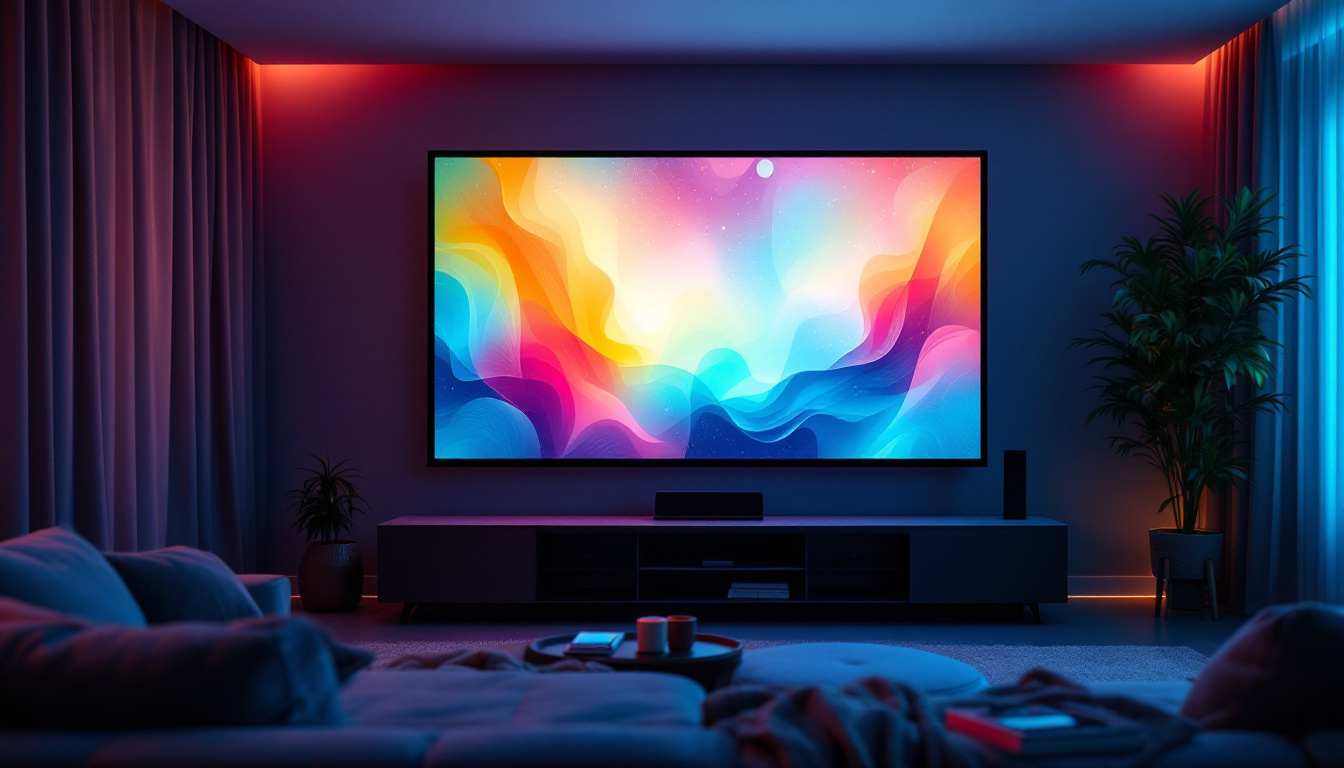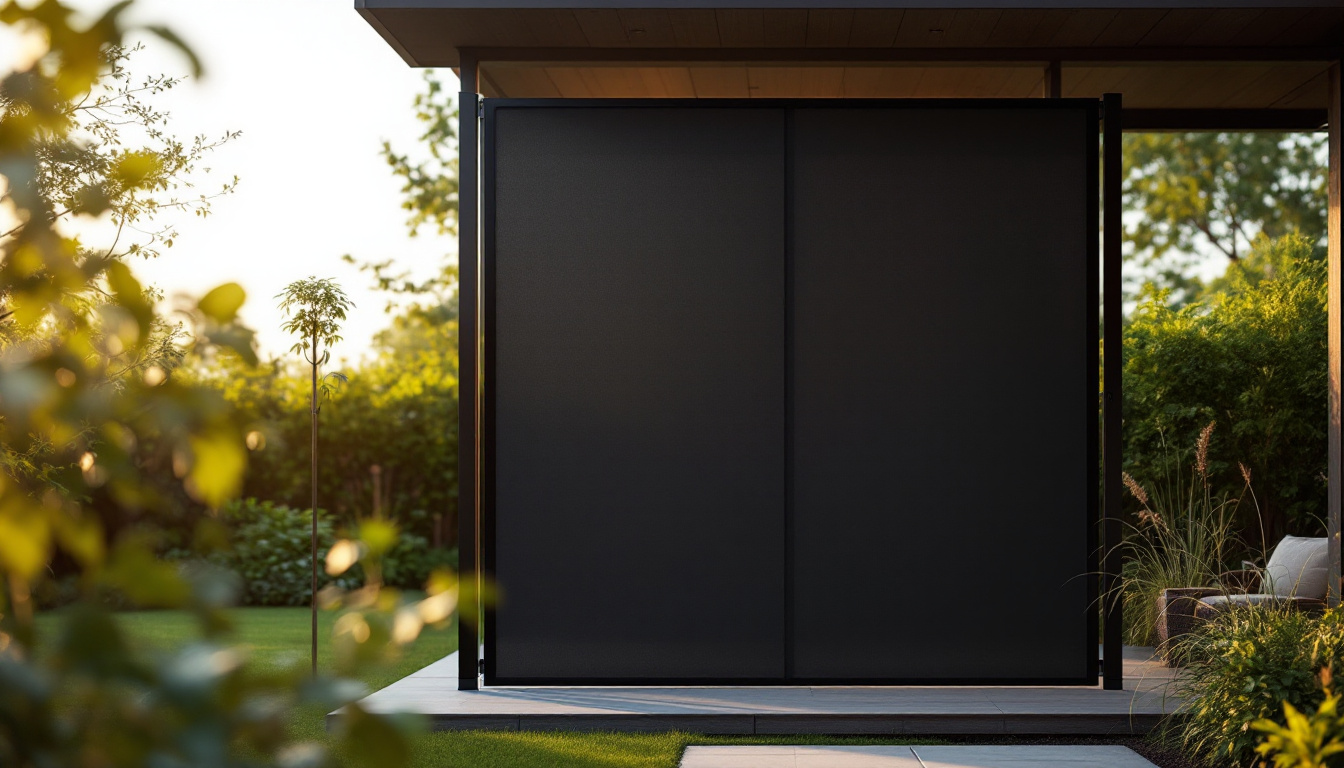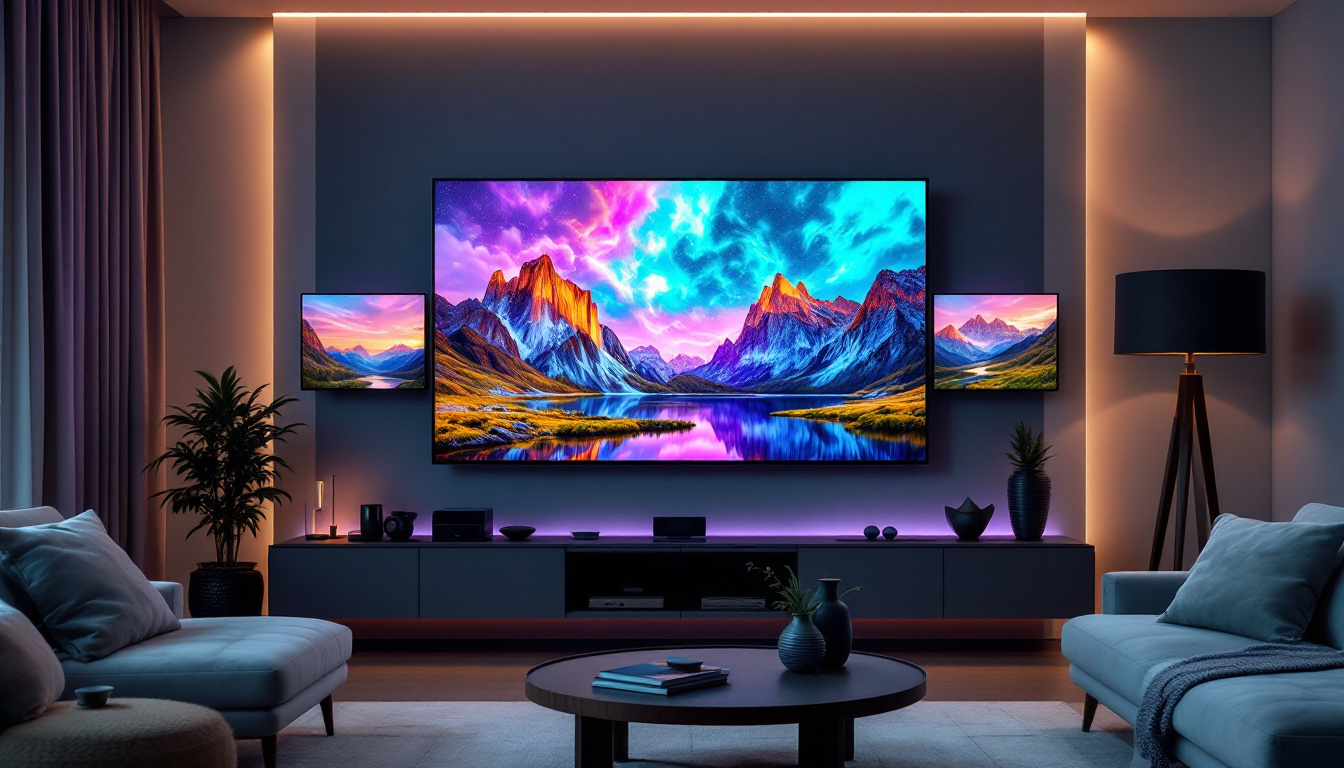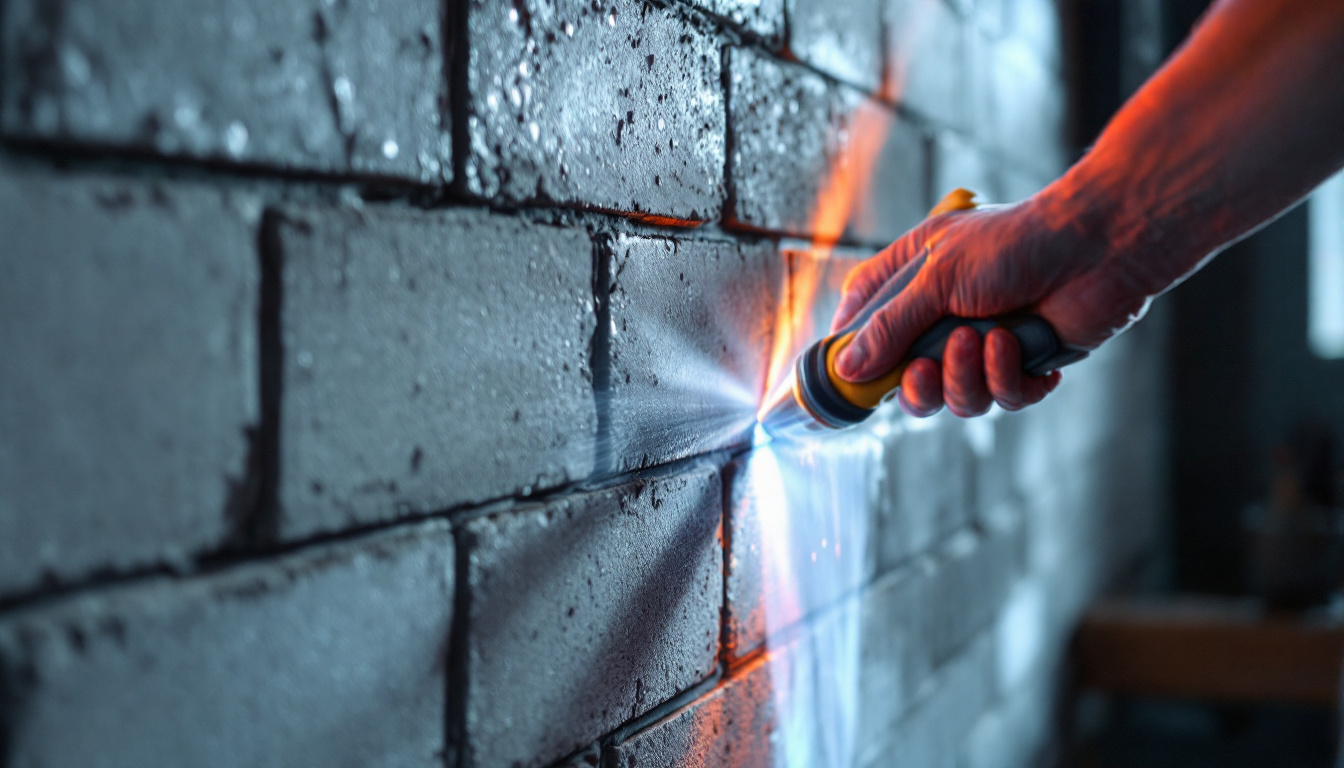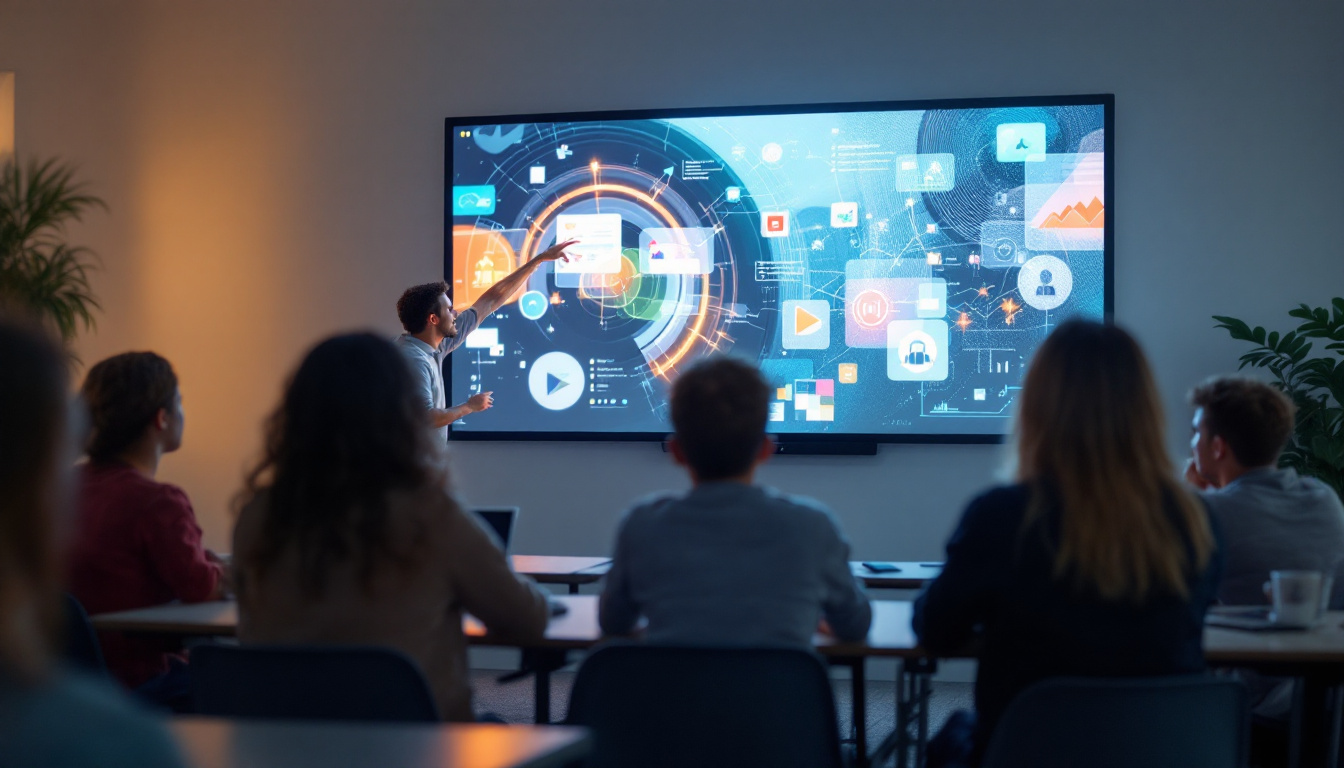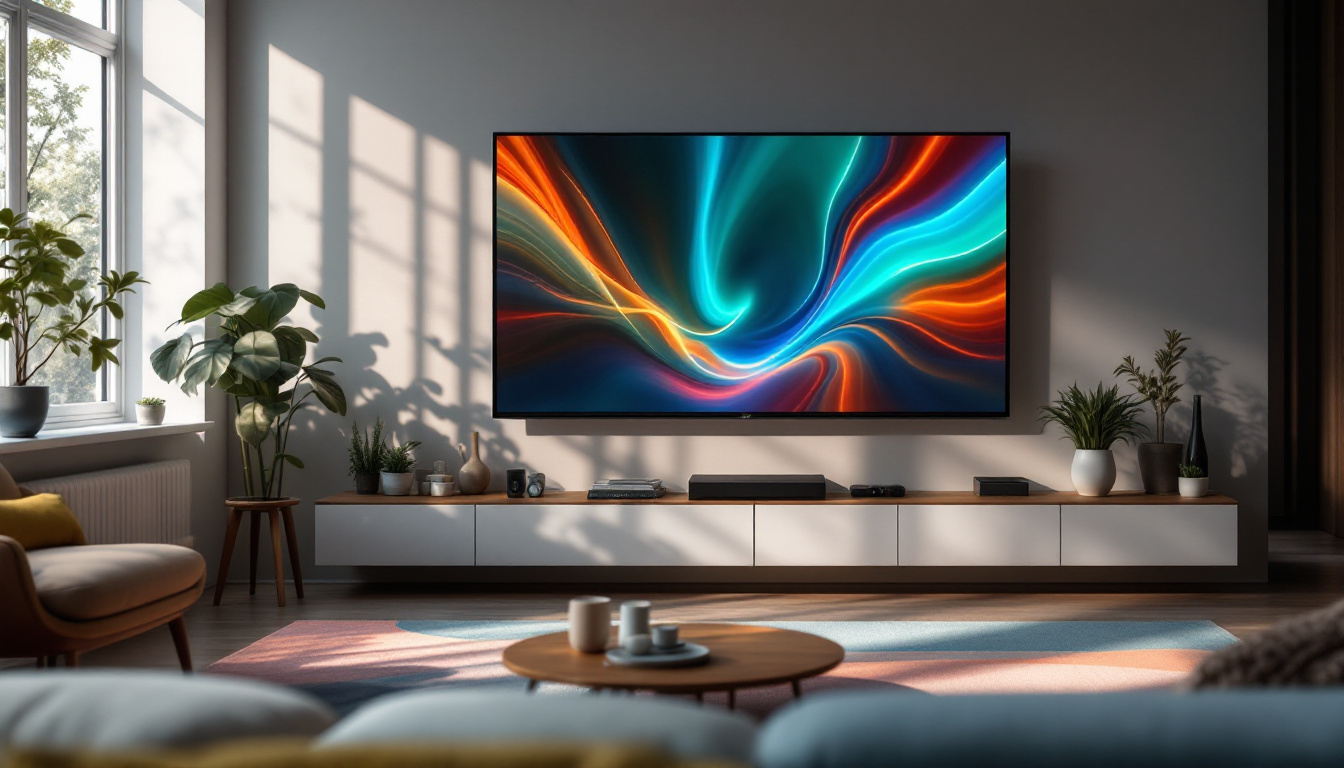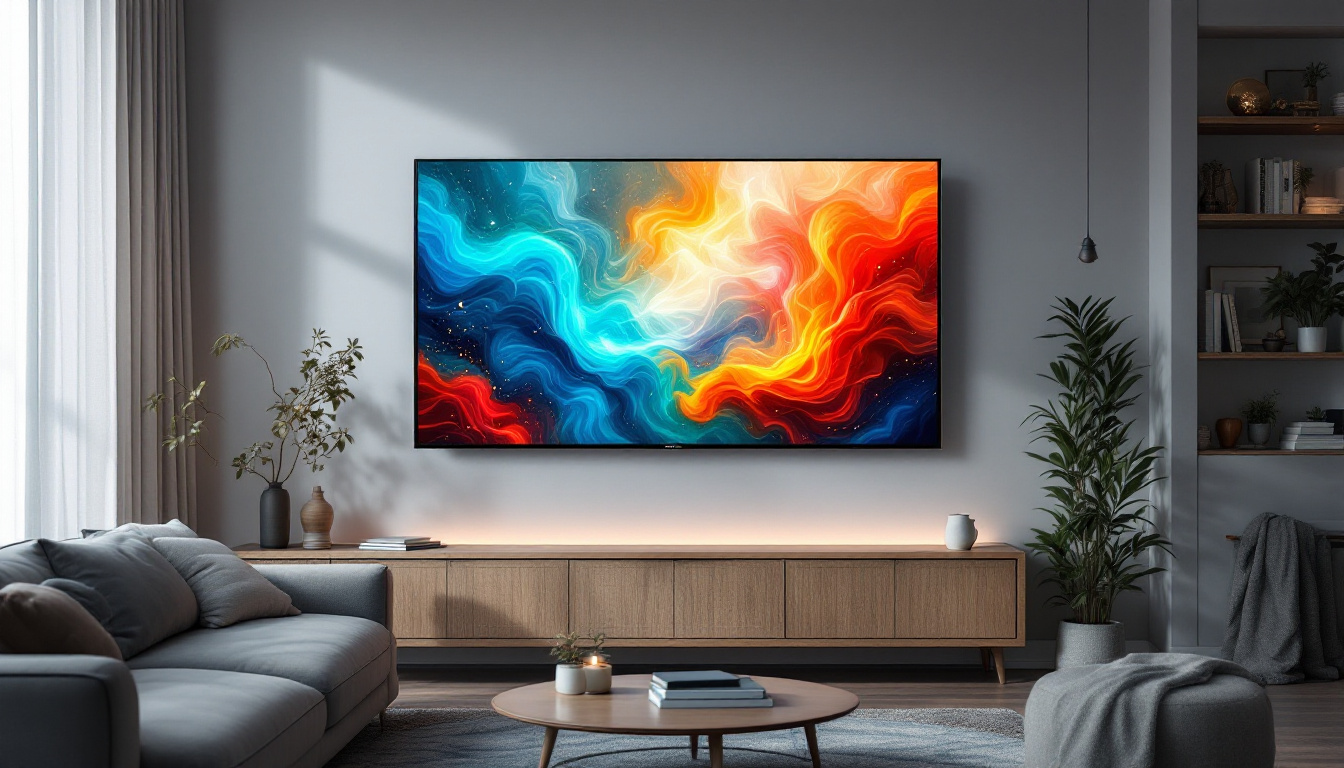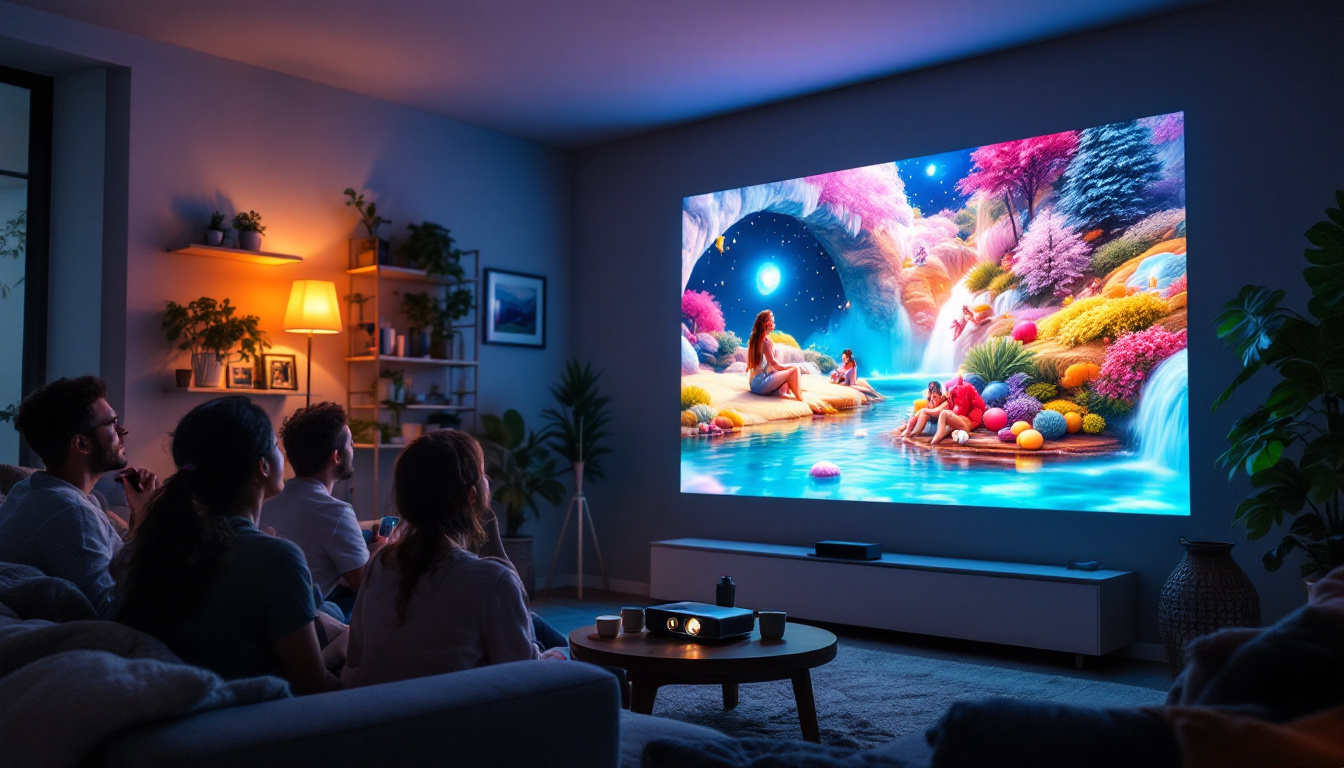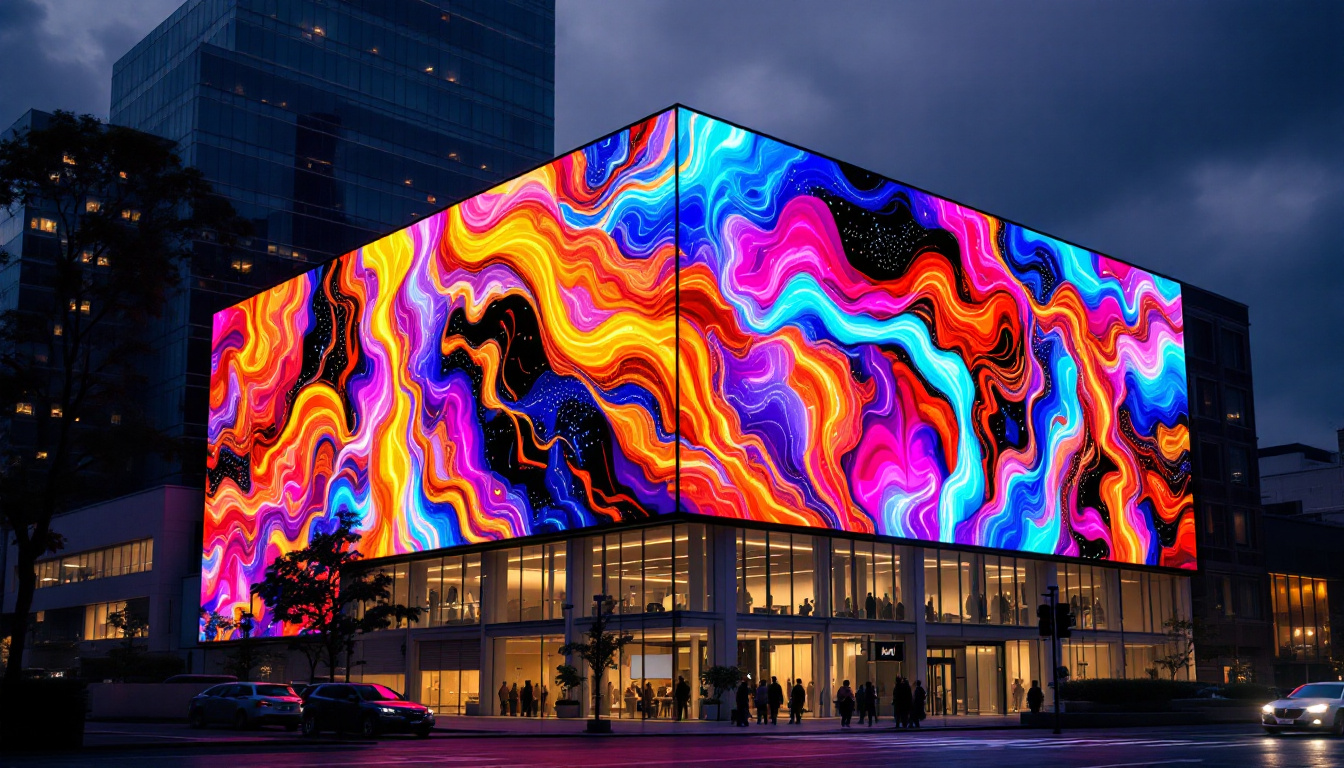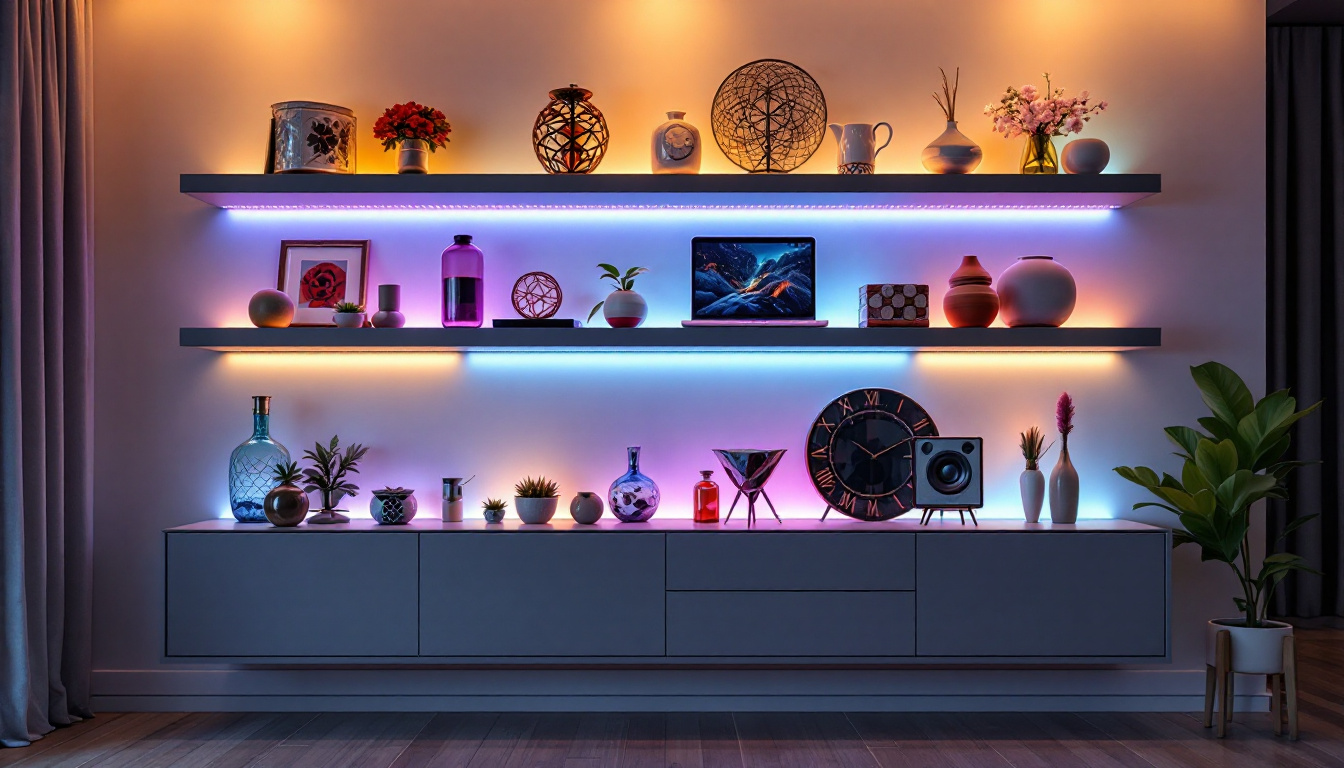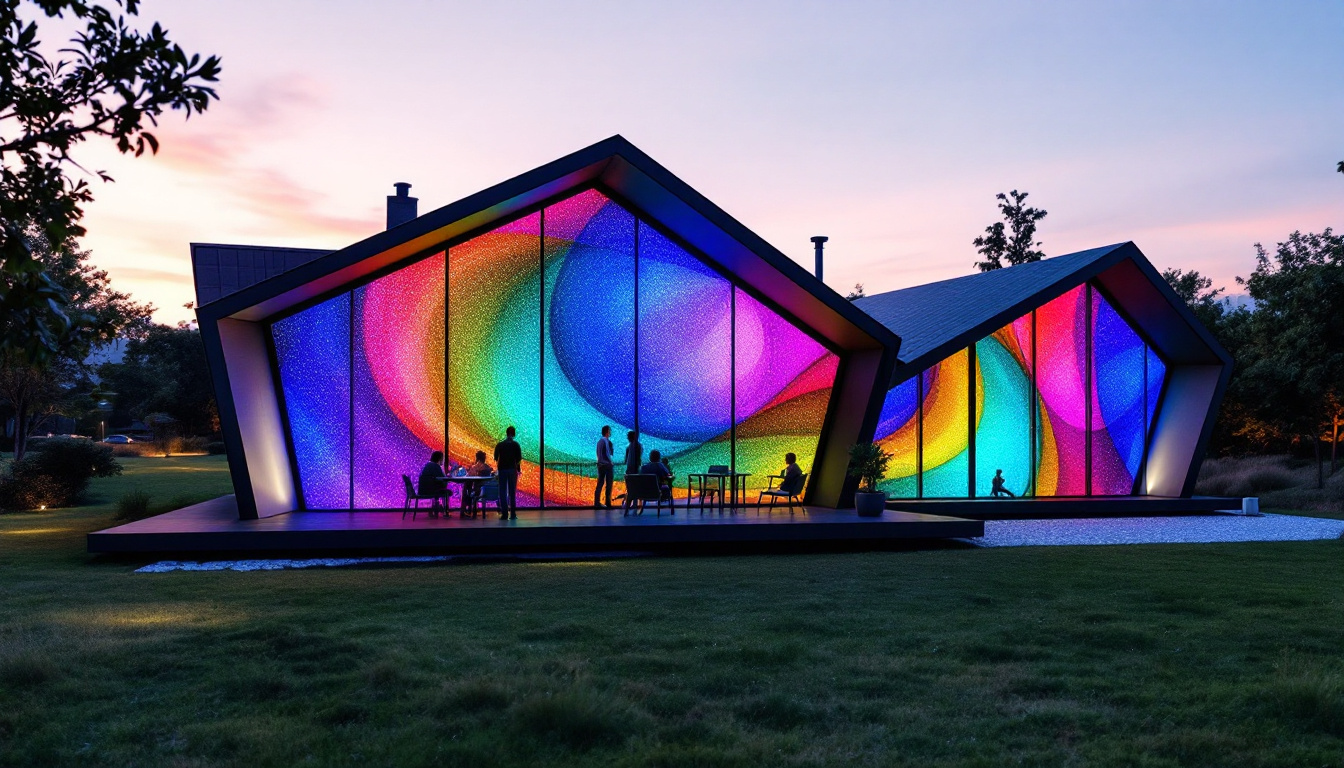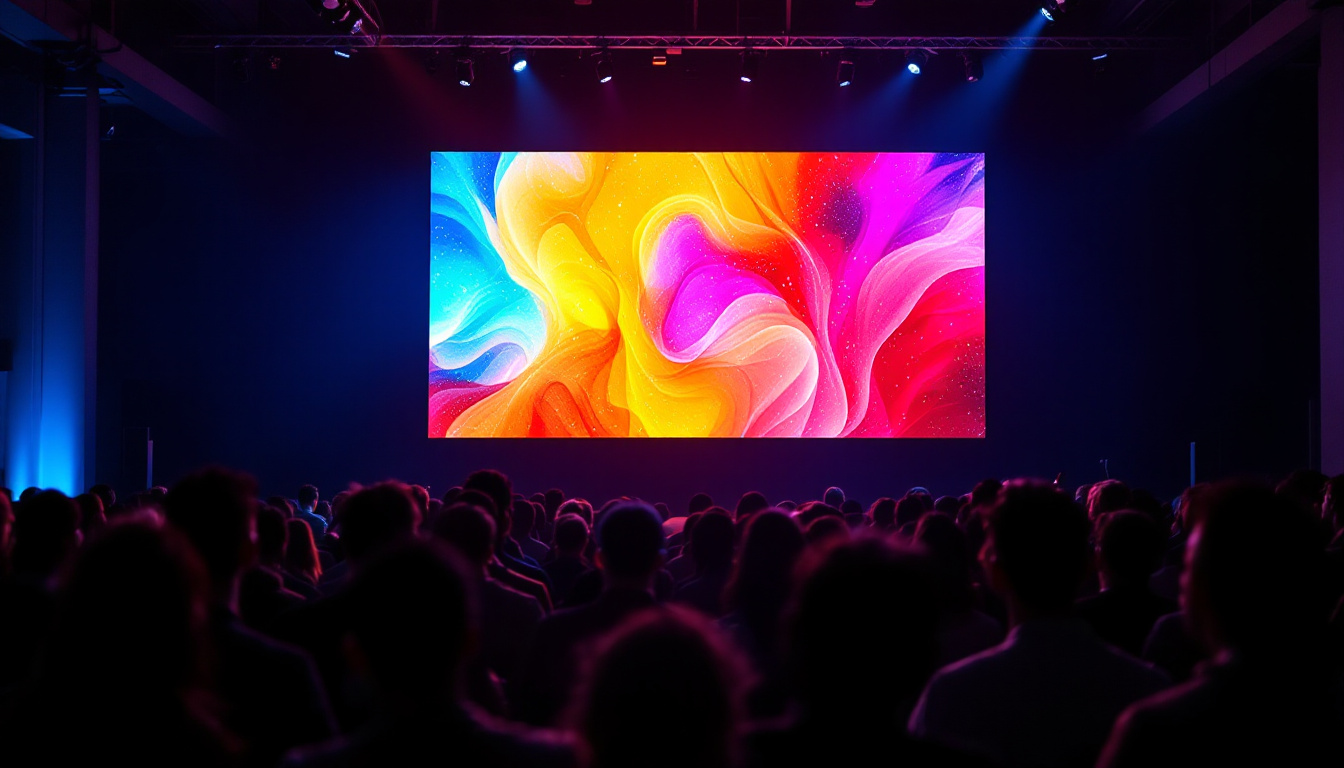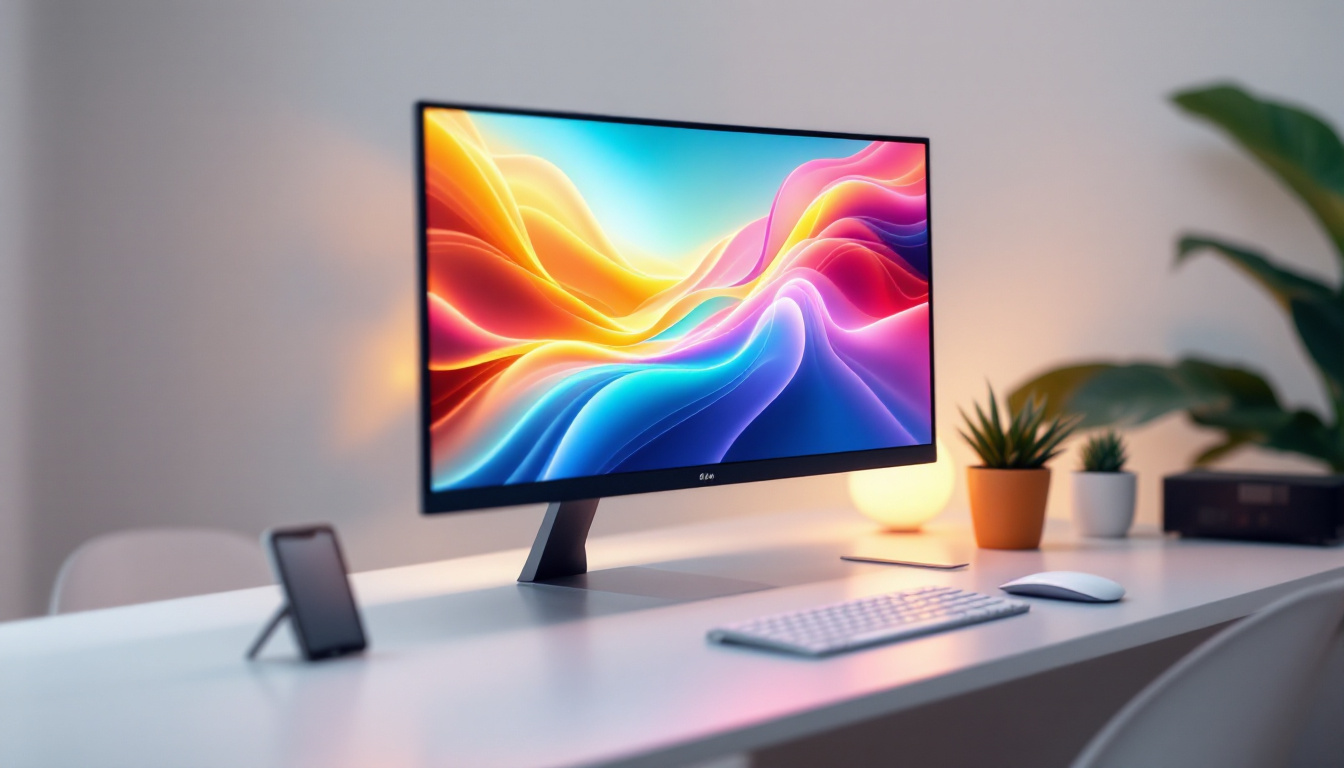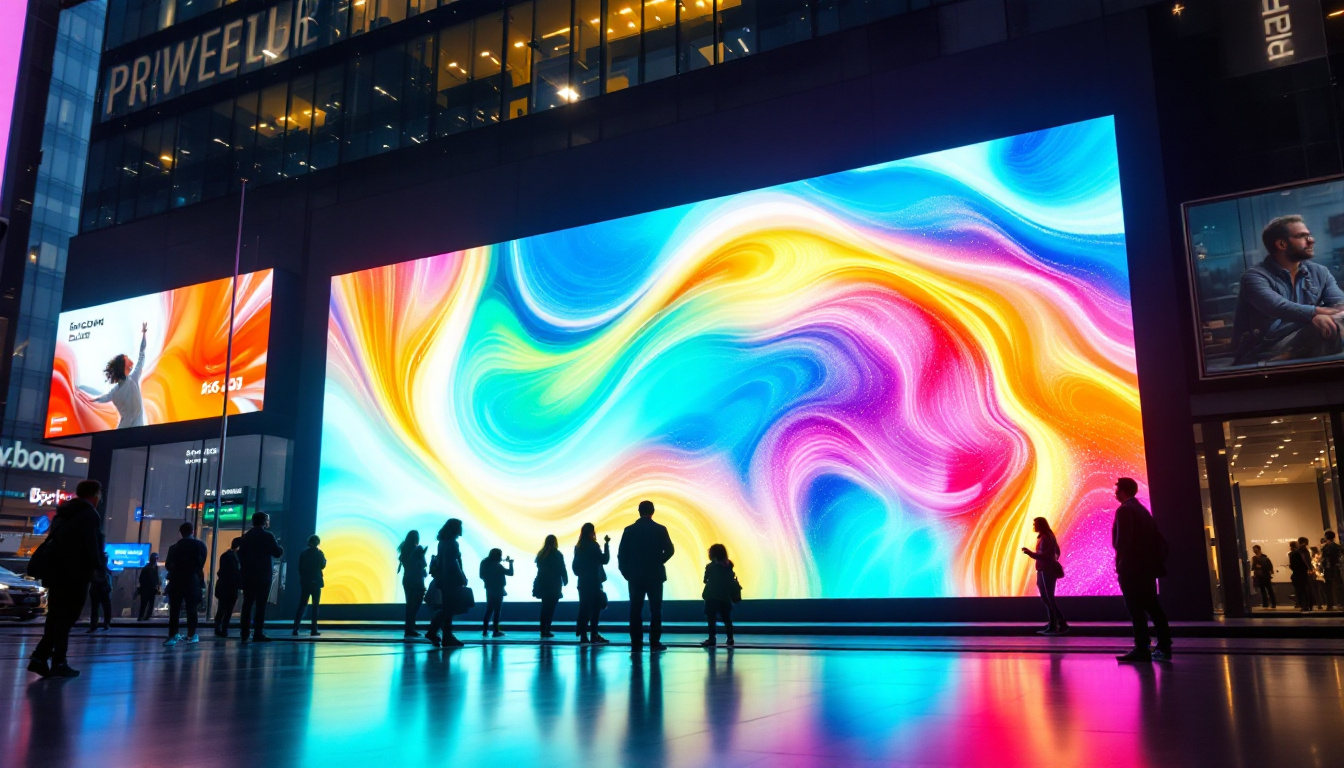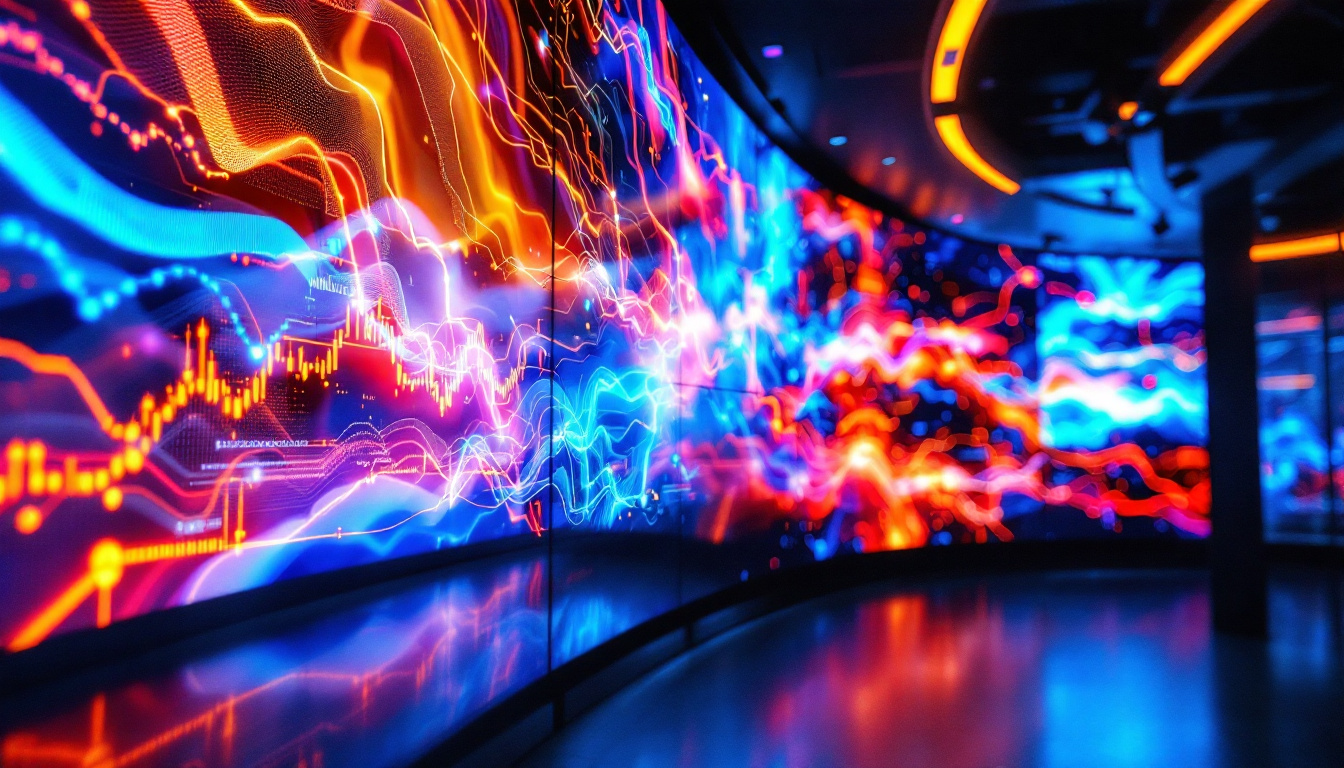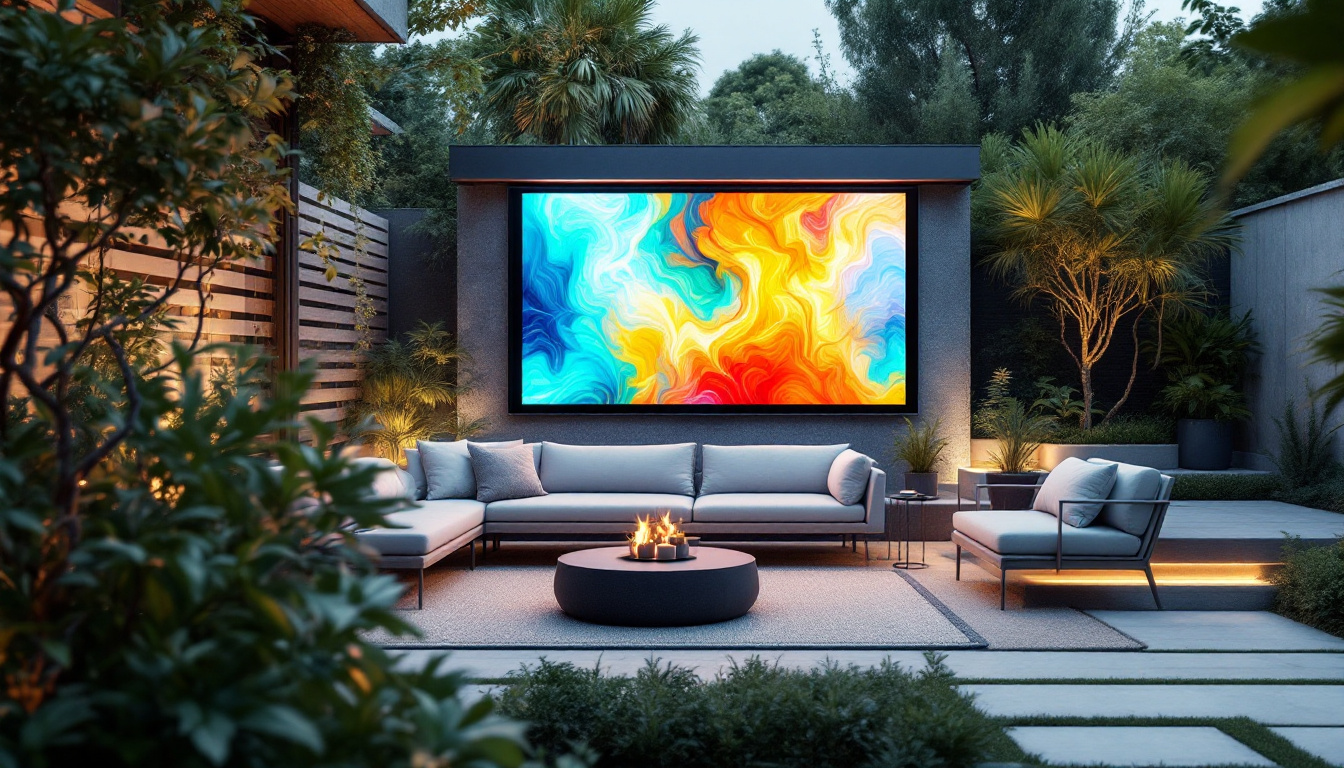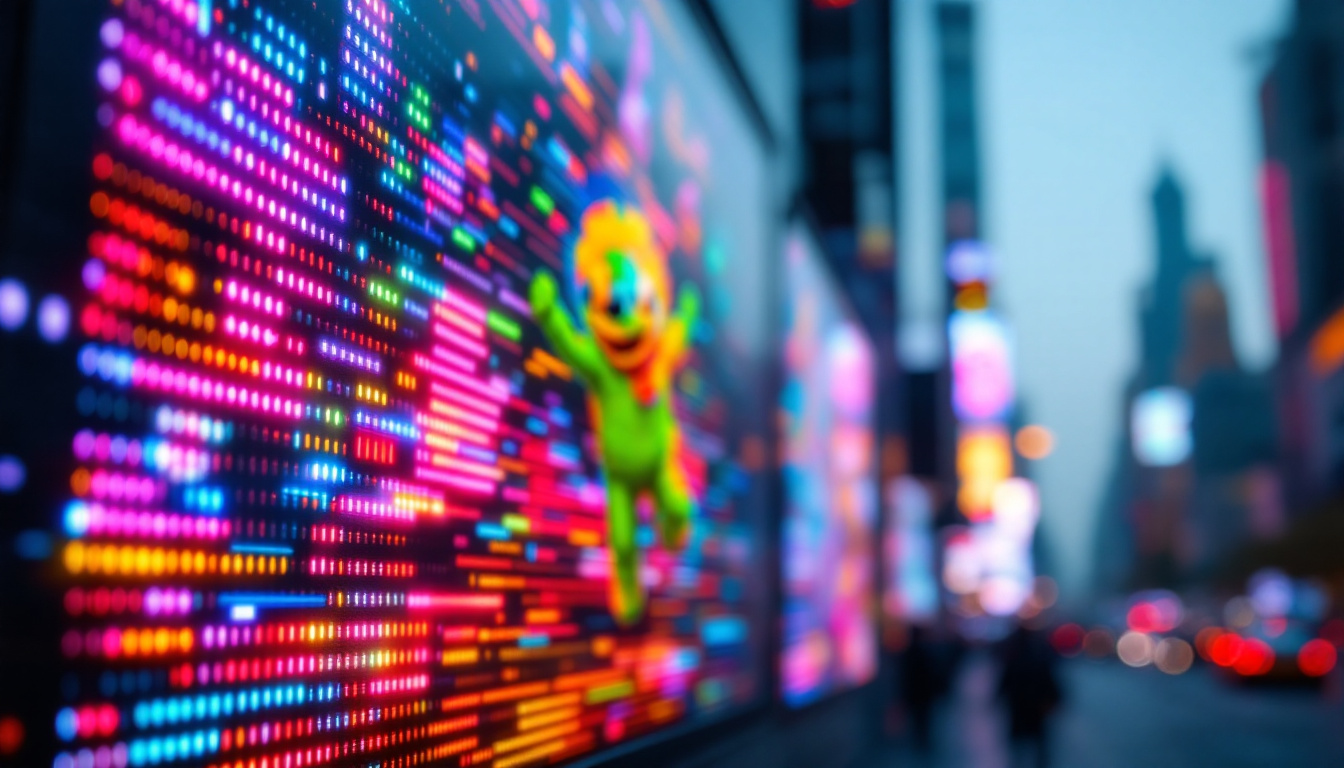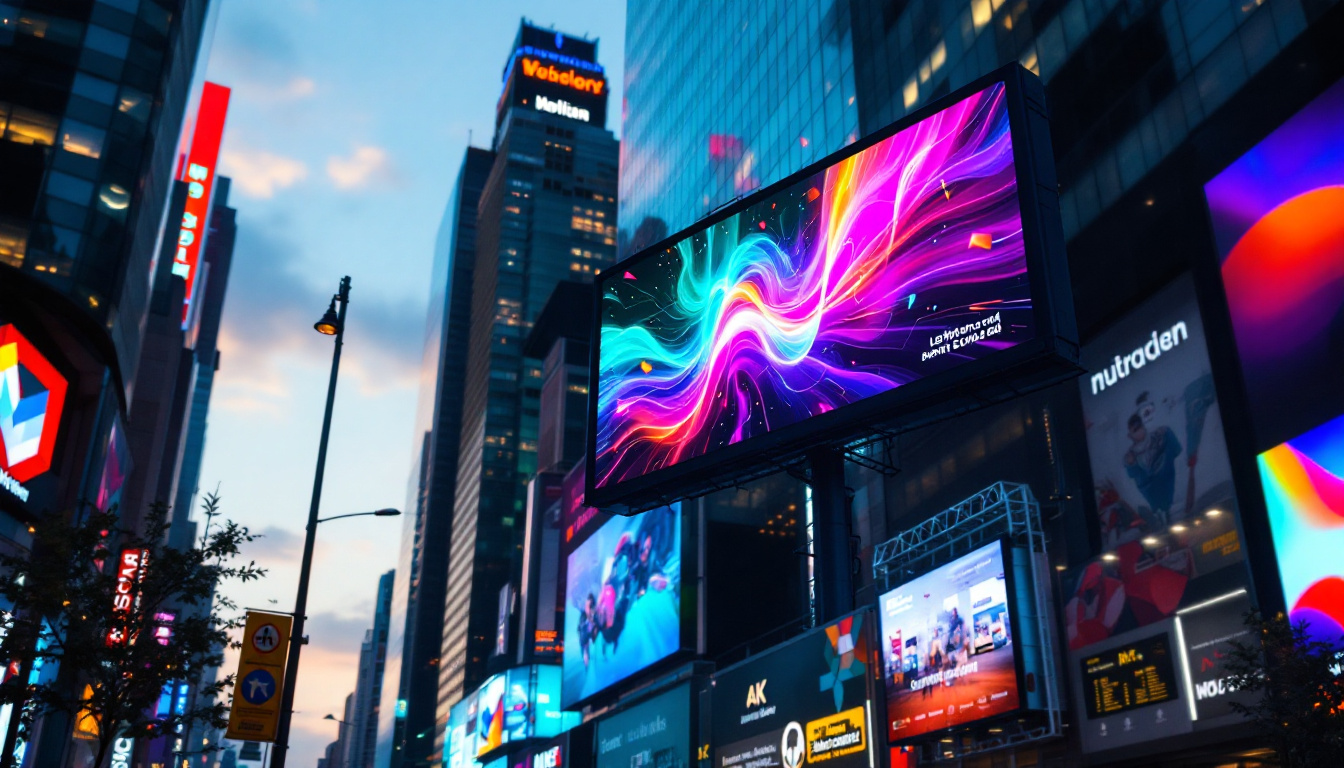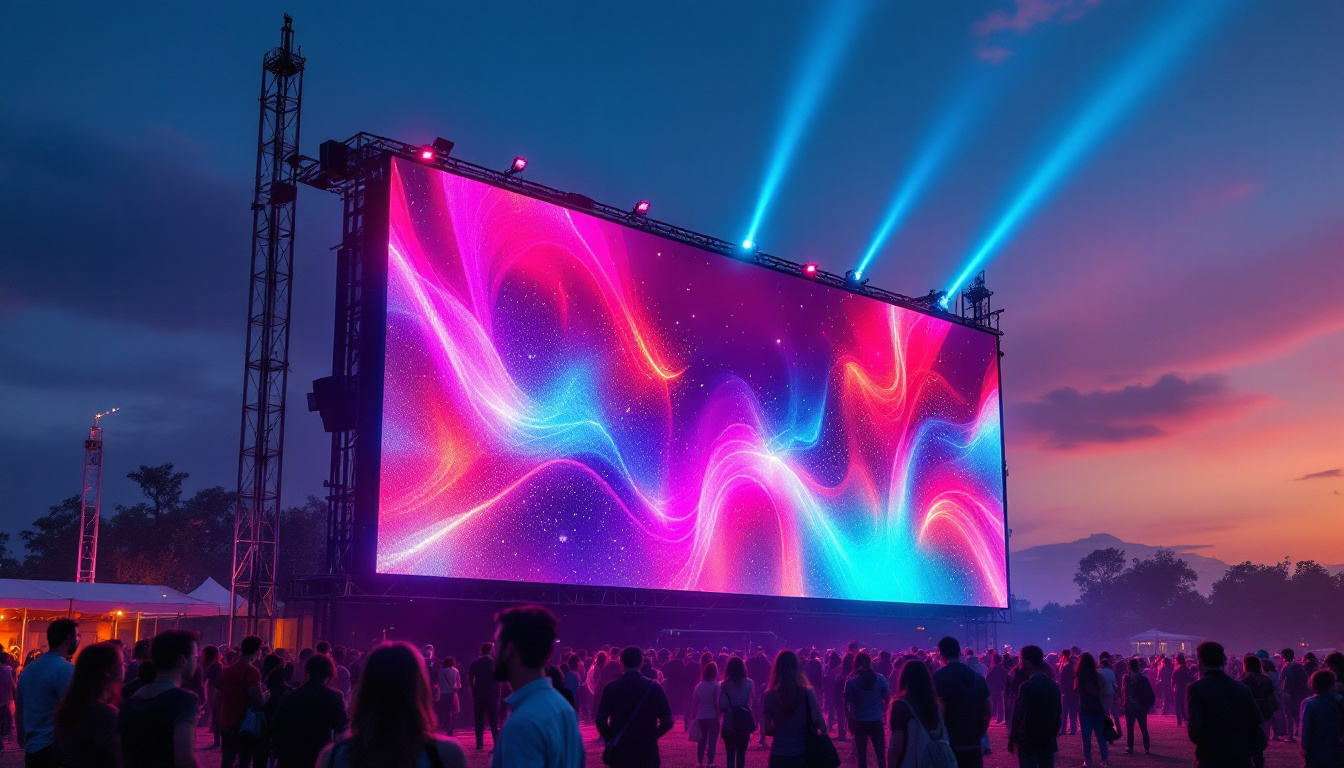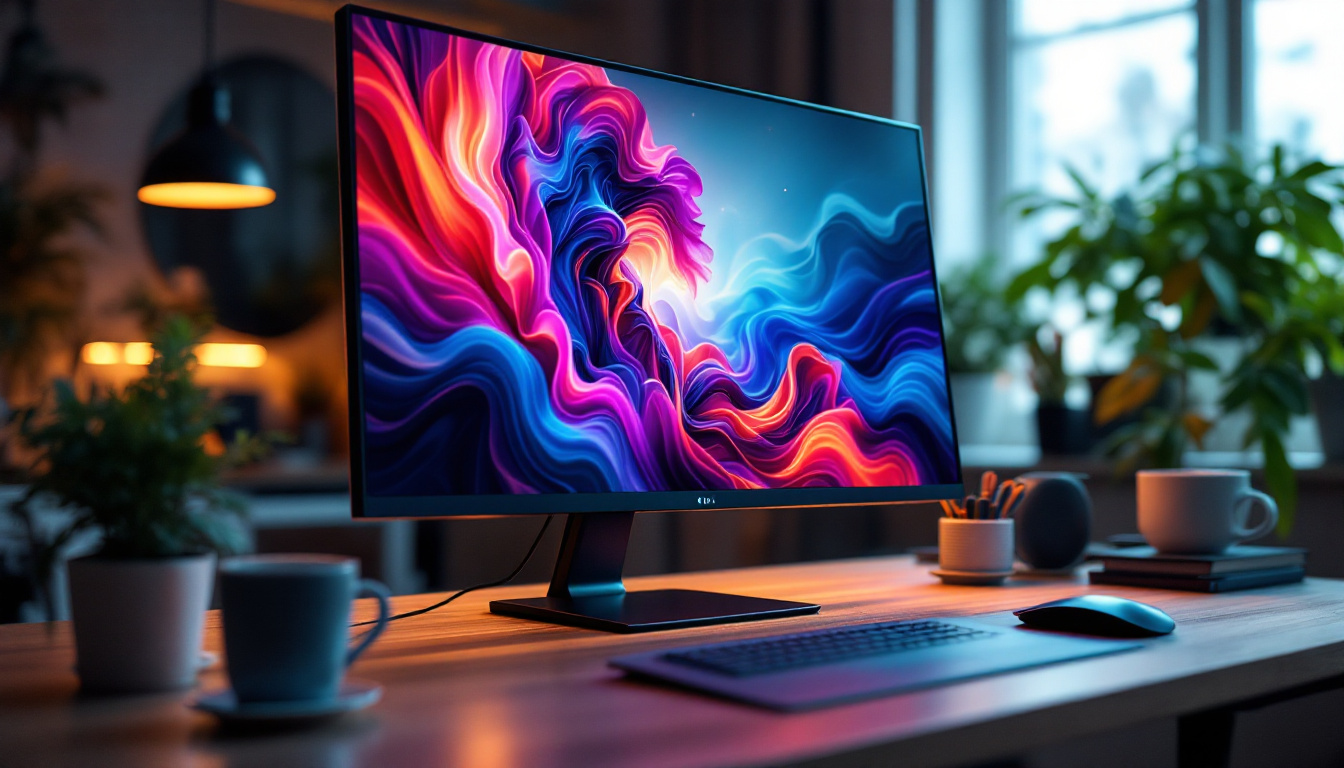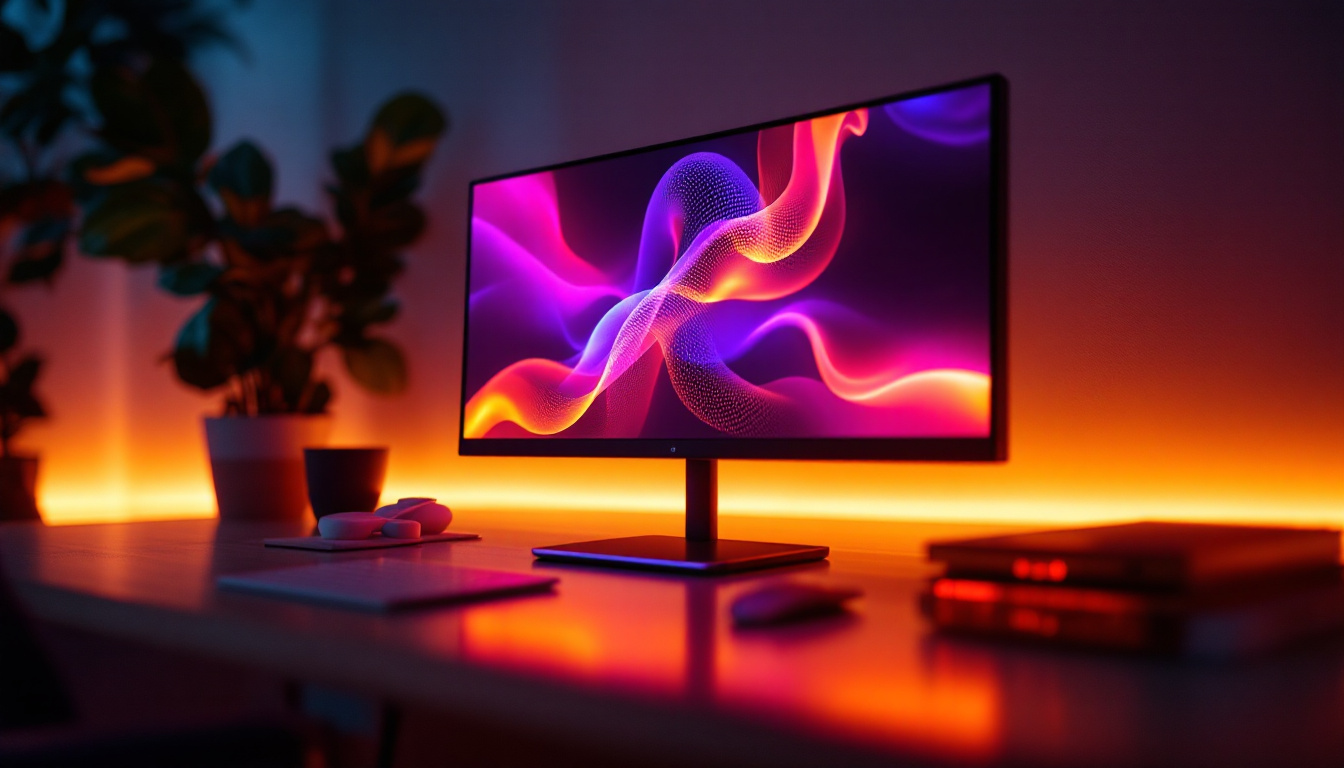In the world of digital signage and display technology, LED displays have emerged as a dominant force. Their versatility, brightness, and energy efficiency make them an ideal choice for various applications, from advertising billboards to stadium screens. However, understanding the intricacies of LED displays, particularly the concept of “pitch,” is crucial for anyone looking to invest in or utilize this technology effectively. This article will delve into the details of LED displays, focusing on pitch, types, applications, and the future of this dynamic technology.
Understanding LED Displays
LED, or Light Emitting Diode, displays utilize semiconductor technology to produce light. These displays consist of numerous small LEDs that work together to create images, videos, and text. The arrangement and quality of these LEDs significantly influence the display’s overall performance, including brightness, color accuracy, and viewing distance.
How LED Displays Work
At the heart of an LED display is the LED itself. When an electric current passes through the semiconductor material in the LED, it emits light. By combining red, green, and blue (RGB) LEDs, a full spectrum of colors can be produced. The intensity of each color can be adjusted to create a wide range of hues and shades, allowing for vibrant and dynamic visuals.
LED displays can be categorized into two main types: direct view and backlit. Direct view LED displays use individual LEDs to create the image directly, while backlit displays utilize LEDs to illuminate a liquid crystal display (LCD) panel. Each type has its advantages and is suited for different applications, depending on factors like brightness, color accuracy, and viewing angle.
Key Features of LED Displays
Several features make LED displays particularly appealing. First and foremost is their brightness. LED displays can achieve high levels of luminance, making them visible even in bright sunlight. This quality is essential for outdoor advertising and public displays.
Another notable feature is energy efficiency. Compared to traditional display technologies, such as incandescent or fluorescent lighting, LEDs consume significantly less power. This efficiency not only reduces operational costs but also contributes to a smaller carbon footprint.
The Importance of Pixel Pitch
One of the most critical specifications to consider when evaluating an LED display is pixel pitch. Pixel pitch refers to the distance between the centers of two adjacent pixels, typically measured in millimeters. This measurement directly influences the display’s resolution, clarity, and viewing distance.
Defining Pixel Pitch
Pixel pitch is a crucial factor in determining how sharp and detailed an image will appear on an LED display. A smaller pixel pitch means that pixels are closer together, resulting in higher resolution and finer detail. Conversely, a larger pixel pitch indicates that pixels are spaced further apart, which can lead to a less detailed image, especially when viewed up close.
For instance, a display with a pixel pitch of 2mm will provide a much clearer image when viewed from a close distance compared to a display with a pixel pitch of 10mm. This distinction is vital for applications where image quality is paramount, such as in control rooms, broadcast studios, and high-end retail environments.
Choosing the Right Pixel Pitch
When selecting an LED display, understanding the intended viewing distance is essential. Displays with a smaller pixel pitch are ideal for close-range viewing, such as in shopping malls or conference rooms, where viewers are typically within a few meters of the screen. On the other hand, larger pixel pitches are more suitable for applications where viewers are farther away, such as outdoor billboards or stadium screens.
As a general guideline, a pixel pitch of 1.5mm to 2.5mm is suitable for indoor applications, while outdoor displays typically range from 5mm to 20mm, depending on the viewing distance. It is crucial to balance the pixel pitch with budget considerations, as smaller pixel pitches tend to be more expensive.
Types of LED Displays
LED displays come in various types, each designed for specific applications and environments. Understanding these types can help businesses and organizations choose the right display for their needs.
Indoor LED Displays
Indoor LED displays are designed for use in controlled environments, such as shopping malls, airports, and conference centers. These displays typically feature smaller pixel pitches, allowing for high-resolution images that can be viewed up close. They are often used for advertising, information dissemination, and entertainment purposes.
One of the key advantages of indoor LED displays is their ability to produce vibrant colors and sharp images. They can also be configured in various shapes and sizes, making them highly versatile for different applications. Additionally, indoor displays are generally lighter and easier to install than outdoor counterparts.
Outdoor LED Displays
Outdoor LED displays are built to withstand harsh environmental conditions, including rain, wind, and extreme temperatures. These displays typically feature larger pixel pitches, which are suitable for viewing from greater distances. They are commonly used for billboards, sports arenas, and public events.
Durability is a significant factor for outdoor displays. They are often equipped with protective coatings and weather-resistant enclosures to ensure longevity. Furthermore, outdoor LED displays are designed to achieve high brightness levels, making them visible even in direct sunlight.
Transparent LED Displays
Transparent LED displays are a relatively new innovation that offers a unique aesthetic appeal. These displays consist of transparent panels embedded with LEDs, allowing them to blend seamlessly into their surroundings. They are often used in retail environments, allowing customers to see products behind the display while still conveying digital content.
One of the main advantages of transparent LED displays is their ability to create immersive experiences without obstructing visibility. They can be used for advertising, branding, and interactive installations, making them a popular choice for modern retail spaces and exhibitions.
Applications of LED Displays
The versatility of LED displays has led to their widespread adoption across various industries. From advertising to entertainment, these displays serve numerous purposes that enhance communication and engagement.
Advertising and Marketing
One of the most prominent applications of LED displays is in advertising. Businesses use LED screens to showcase promotions, product launches, and brand messages. The dynamic nature of LED displays allows for eye-catching visuals that can attract customers’ attention in busy environments.
Outdoor LED billboards, in particular, have revolutionized advertising strategies. Their high brightness and visibility make them effective for reaching a large audience, while digital content can be updated in real-time to reflect current promotions or events. This flexibility provides businesses with a powerful marketing tool.
Entertainment and Events
LED displays play a crucial role in the entertainment industry, particularly in concerts, sports events, and festivals. Large LED screens are often used to display live feeds, graphics, and animations, enhancing the audience’s experience. The ability to create vibrant visuals and dynamic content makes LED displays a staple in modern event production.
In addition to live events, LED displays are also used in theme parks and attractions to create immersive experiences. From interactive installations to large-scale projections, these displays contribute to the overall atmosphere and engagement of visitors.
Corporate and Educational Use
In corporate settings, LED displays are utilized for presentations, meetings, and training sessions. Their high resolution and brightness ensure that content is easily visible to all attendees, regardless of the room’s lighting conditions. Furthermore, LED displays can be integrated with video conferencing systems, enhancing remote collaboration.
Educational institutions also benefit from LED displays in classrooms and auditoriums. These displays can be used for interactive learning, presentations, and announcements, making them a valuable tool for both teachers and students.
The Future of LED Display Technology
The LED display industry continues to evolve, driven by advancements in technology and changing consumer demands. Several trends are shaping the future of LED displays, promising even more exciting developments in the coming years.
Advancements in Resolution and Pixel Density
As technology progresses, the demand for higher resolution and pixel density in LED displays is increasing. Manufacturers are continually working to reduce pixel pitch, allowing for even finer detail and sharper images. This trend is particularly evident in indoor displays, where close-range viewing is common.
MicroLED technology is also gaining traction, offering the potential for even higher resolutions and improved color accuracy. MicroLED displays utilize tiny individual LEDs, enabling a more precise control over brightness and color. This advancement could lead to a new era of display technology, with applications in various sectors.
Integration with Smart Technology
Another significant trend is the integration of LED displays with smart technology. As the Internet of Things (IoT) continues to expand, LED displays are becoming more connected and interactive. This integration allows for real-time data display, audience engagement, and personalized content delivery.
For instance, smart LED displays can adapt their content based on viewer demographics or environmental factors, enhancing the effectiveness of advertising and communication. This level of interactivity is expected to revolutionize how businesses and organizations engage with their audiences.
Sustainability and Energy Efficiency
As sustainability becomes a priority for many businesses, the LED display industry is also focusing on energy efficiency and eco-friendly practices. Manufacturers are exploring ways to reduce energy consumption and improve the recyclability of display components.
Innovations in LED technology, such as organic LEDs (OLEDs) and advancements in manufacturing processes, are paving the way for more sustainable options. As consumers become increasingly environmentally conscious, the demand for energy-efficient displays is likely to grow.
Conclusion
LED displays have transformed the way businesses communicate and engage with their audiences. Understanding the concept of pixel pitch, the various types of LED displays, and their applications is essential for making informed decisions in this rapidly evolving field. As technology continues to advance, the future of LED displays looks promising, with exciting developments on the horizon.
Whether for advertising, entertainment, or corporate use, LED displays offer unparalleled versatility and impact. By embracing this technology, organizations can enhance their visibility, improve communication, and create memorable experiences for their audiences.
Discover LumenMatrix’s Innovative LED Solutions
Ready to elevate your visual communication with cutting-edge LED technology? LumenMatrix is at the forefront of LED display innovation, offering a wide array of solutions tailored to your unique needs. From vibrant Indoor and Outdoor LED Wall Displays to dynamic Vehicle and Sports LED Displays, our products are designed to captivate and engage your audience. Experience the future of digital signage with our LED Poster Displays, Floor LED Displays, Custom LED Displays, All-in-One LED Displays, and LED Transparent Displays. Embrace the power of LumenMatrix to transform your brand’s visibility and create unforgettable visual experiences. Check out LumenMatrix LED Display Solutions today and take the first step towards revolutionizing your visual communication.

